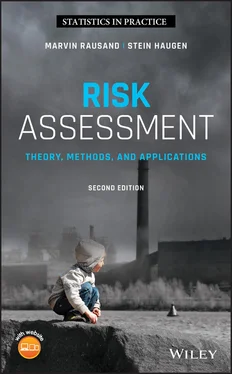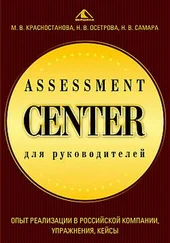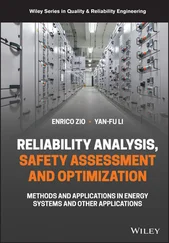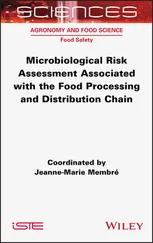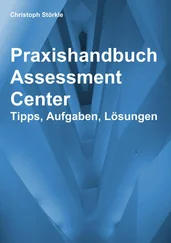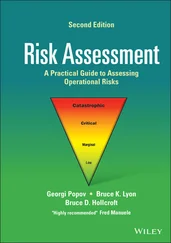Material related to the risk assessment process is merged into a new Chapter 3.
Aspects related to the study object and its delimitation are presented in a new Chapter 4.
The section on Petri nets is removed.
The STAMP accident model and the STPA method are covered in a new section.
Additional new chapters cover:– Risk analysis and management in operation– Security assessment– Life cycle use of risk analysis
Exercise problems are provided at the end of all relevant chapters.
The glossary of terms has been removed. Instead, definitions are highlighted in the subject index.
An author index has been added.
Supplementary Information on the Internet
An immense amount of relevant information is today available on the Internet, and many of the aspects discussed in this book may be found as books, reports, notes, tutorials, or slides. The quality of this information is varying and ranging from very high to very low, the terminology is often not consistent, and it may sometimes be a challenge to read some of these Internet resources. After having read this book, we hope it will be easier to search for supplementary information, to understand this information, and to judge its quality.
The book is written primarily for engineers and engineering students, and most of the examples and applications are related to technology and technical systems. Still, we believe that other readers may also find the book useful. There are two groups that are our primary audience:
The book was originally written as a textbook for university courses in risk analysis and risk assessment at NTNU. This second edition is based on experience gained from use of the first edition, at NTNU and other universities.
The book is in addition intended to be a guide for practical risk assessments. The various methods are therefore described sufficiently such that you should be able to use the method after having read the description. Each method is described according to the same structure. The method descriptions are, as far as possible, self‐contained, and it should therefore not be necessary to read the entire book to apply the individual methods.
Readers should have a basic course in probability theory. A brief introduction to probability theory is provided in Appendix A. The reader should refer to this appendix to get an understanding of what knowledge is expected.
A wide range of theories and methods have been developed for risk analysis. All these cannot be covered in an introductory text. The objective of the book is not to show how knowledgeable the authors are, but to present theory, methods, and knowledge that will be useful for you as a risk analyst. When selecting material to cover, we focus on methods that:
Are commonly used in industry or in other application areas
Give the analyst insight and increases her understanding of the system (such that system weaknesses can be identified at an early stage of the analysis)
Provide the analyst with genuine insight into system behavior
Can be used for hand‐calculation (at least for small systems)
Can be explained rather easily to, and understood by non‐risk specialists and managers.
Both authors have been engaged in applications related to the offshore oil and gas industry, and many examples therefore come from this industry. The methods described and many of the examples are equally suitable for other industries and application areas.
Programs are required for practical analyses, but we refrain from promoting any particular programs. A listing of suppliers of relevant programs may be found on the book companion site.
This book is divided into 20 chapters and two appendices. Chapters 1–9 focus on the basic concepts and the theory behind risk analysis and risk assessment. Chapter 1outlines why this is an important topic and briefly reviews the history of risk assessment. In Chapter 2, basic concepts are presented and discussed, followed by Chapter 3, where the main elements of risk assessment are described step by step. In Chapter 4, we elaborate on the study object in risk assessment. In Chapter 5, we move into the important topic of risk acceptance and review some of the approaches that are used to determine whether risk can be accepted or not. Chapter 6deals with how risk can be measured, mainly in quantitative terms. The main focus is on measuring risk to people. Moving to Chapter 7, we discuss the wider process of risk management, and specifically the role of risk assessment in risk management. A risk assessment is always influenced by the study team's perception of the potential accidents and accident causation, and accident models are therefore presented and discussed in Chapter 8. Chapter 9lists and describes the input data that are required for a risk assessment.
Chapters 10–19 cover the most relevant analytical methods. In this book, we define risk as the answer to three questions: (i) What can go wrong? (ii) What is the likelihood of that happening?, and (iii) What are the consequences? Chapters 10–12 describe methods that can be used to answer these three questions, respectively. This is followed by a set of chapters dealing with specific problem areas that we often face in risk assessment. Dependency between failures and events is often a critical factor in risk analysis, and Chapter 13deals with methods for analysis of this issue. Chapter 14looks at barriers and barrier analysis, and in Chapter 15, methods for analysis of human errors and human reliability are described. In Chapter 16, risk analysis and management for operation of a system is discussed, followed by a brief review of methods for security assessment in Chapter 17. Risk analysis is used in various ways throughout the life cycle of systems, and Chapter 18provides a description of use from the conceptual stage through to decommissioning and removal. The uncertainties related to the results from a risk analysis are often of concern, and this is treated in Chapter 19. Chapter 20briefly reviews applications of risk assessment.
The various analytical methods are, as far as possible, presented according to a common structure. The description of each method is designed to be self‐contained such that you should be able to carry out the analysis without having to read the entire book or search other sources. A consequence of this strategy is that the same information may be found in the description of several methods.
Appendix A introduces key elements of probability theory. An introduction to probability theory is given together with some elements from system reliability and Bayesian methods. If you are not familiar with probability theory, you may find it useful to read this appendix in parallel with the chapters that use probability arguments. Appendix B lists acronyms.
Additional material, solutions to many of the end‐of‐chapter exercises, and any errors found after the book goes to press, are posted on the book's associated website. The address to this website is provided under the heading “Extra” in Wiley's web presentation of the book.
Trondheim, Norway
M. Rausand & S. Haugen
1 July 2019
1 Rausand, M. (2011). Risk Assessment: Theory, Methods, and Applications. Hoboken, NJ: Wiley.
In the preface of the book “The Importance of Living” (William Morrow, New York, 1937), Lin Yutang writes: “I must therefore conclude by saying as usual that the merits of this book, if any, are largely due to the helpful suggestions of my collaborators, while for the inaccuracies, deficiencies and immaturities of judgment, I alone am responsible.” If we add colleagues and references to the word collaborators , this statement applies equally well for the current book. Rather than mentioning anyone specifically, with the obvious risk that someone we would have liked to mention are forgotten, we acknowledge all the input we have received over the years that we have worked in this field.
Читать дальше
